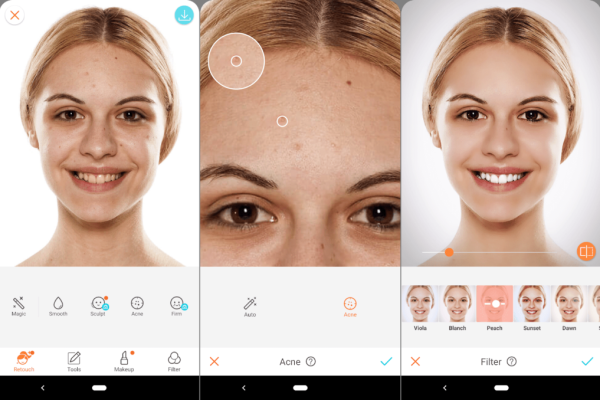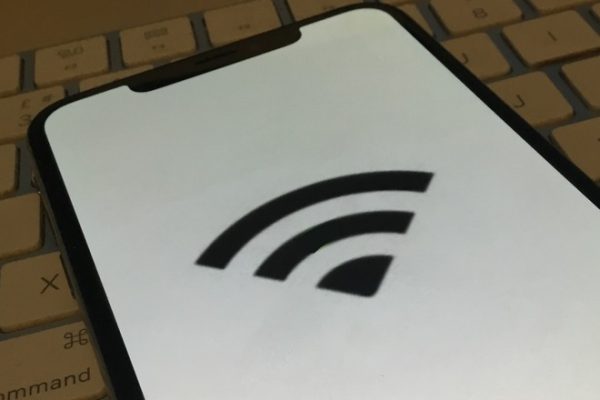Understanding design patterns helps to speed up the development process. They bring lots of advantages to developers. For instance, the unification of the code, the reduction of time needed to complete the job, etc. That’s why today, we’ll discuss three kinds of iOS design patterns and learn more about their peculiarities.
The general classification
As a rule, iOS design patters can be subdivided into three major groups. They are called
- Creational;
- Structural;
- Behavioral.
Each group of patterns has a different set of features and is used for certain goals. Let’s get to know more about the peculiarities of each group.
Creational DP
This kind of design pattern explains the object development mechanisms. To put it simply, the patterns tell how the objects are created. Some of the most well-known examples here include Singleton, Factory Method, Abstract Method, Builder Method, etc.
Structural DP
These patterns aim to simplify the process of designing an iOS app. While there is a bunch of different patterns here, the goal is the same. It is to come up with simple methods that correlate classes and objects. Structural design patterns include MVC pattern, Decorator pattern, Adapter pattern, Façade pattern, etc.
Behavioral DP
The main goal these patterns have is to help apps and interface communication. Probably the most useful behavioral patterns nowadays are Observer pattern, Memento pattern, Template pattern, Command pattern, etc.
Bottom line
As you see, tons of different iOS design patterns exist. They all aim to explain to the developers how the processes happen in the system, which, in turn, helps to create apps faster and more effective. Each method has its advantages and features. Many development teams use these patterns to create the best iOS apps on the market.





